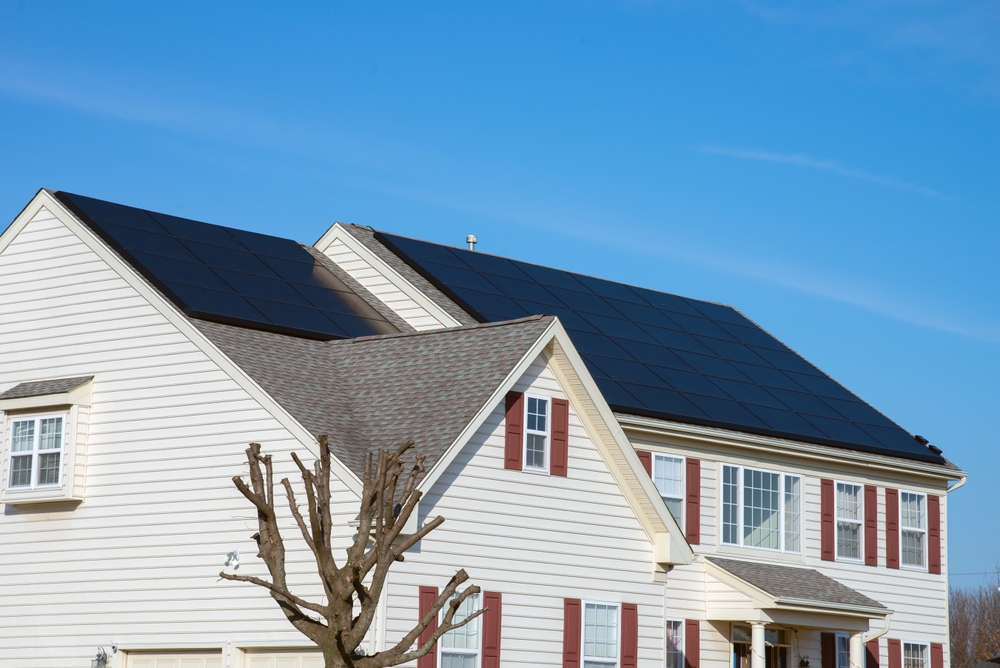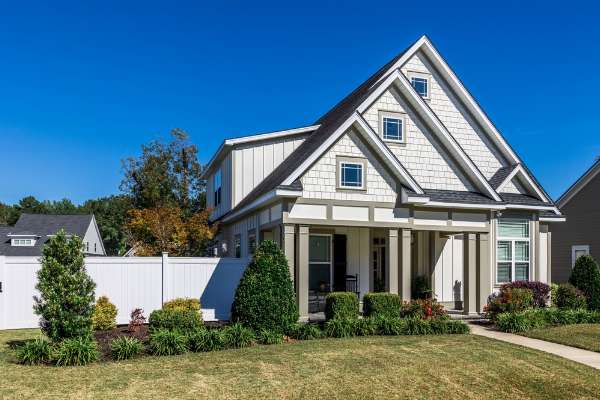Tackling a home renovation project can be a daunting task, especially when you consider the cost of such an undertaking. Luckily, you can do some major home upgrades with the help of government incentive programs. These programs, which aim to make your home more energy-efficient and comfortable, can be vital in helping you offset renovation costs with energy-saving credits or tax deductions.
So, what are these programs, and how can you take advantage of them? Read on to learn about five incentive programs you may be eligible for and how to upgrade your home without breaking the bank.
Why Does the Government Want to Give Me Money?
Incentive programs might sound like they're too good to be true, but the government has a reason for enticing homeowners to upgrade their homes. Government incentive programs are essential to the government’s overall commitment to reducing energy consumption. These energy-efficient upgrades help reduce energy costs, conserve energy, protect the environment, and stimulate the economy by creating jobs, specifically those in the green energy sector.
Recent examples of incentive programs came from the Inflation Reduction Act of 2022. It encourages homeowners to make energy-efficient home upgrades and reduce their electricity and gas bills, as well as lower the country's overall emissions. The bill introduced two incentive programs: the HOMES Rebate Program and the High-Efficiency Electric Home Rebate Act. It also increased the annual credit limit on the Energy Efficient Home Improvement Credit.
The programs outlined in the Inflation Reduction Act aim to reduce climate-warming greenhouse gases by 40 percent by 2030. In order to meet this goal, the government enlists the aid of homeowners to do their part. By incentivizing these efforts, the government can work toward meeting this goal.
The HOMES Rebate Program
The HOMES (Home Owner Managing Energy Savings) Rebate Program gives homeowners cash back for making improvements that reduce the home's overall energy usage. Improvements that qualify in this program include weatherization improvements, such as new windows or solar panels or installing energy-efficient appliances.
Two factors determine how much cash back homeowners receive: energy savings and household income. Homeowners will need to prove how much energy saving their renovations equate to; the more energy saved, the more cash there is to earn. Rebates will be up to 80 percent of renovation costs and are capped at $8,000. While the refund is available for all income levels, low- and middle-income households are eligible for double the amount.
The HOMES Rebate Program isn’t currently in effect and will vary by state based on when the program begins. States estimate the programs will be up and running in 2023 and available through Sept. 30, 2031.
High-Efficiency Electric Home Rebate Act (HEEHRA)
The High-Efficiency Electric Home Rebate Act (HEEHRA) covers the costs of various efficient electric appliances, between 50 to 100 percent. Electrification projects include heat pumps, insulation, and electric stoves.
There’s a $14,000 maximum rebate per household that’s available only to low- and middle-income families. Households making less than 150 percent of their location's median income are medium-income, while low-income households are those that make less than 80 percent of their location's median income.
Introduced in the Inflation Reduction Act along with the HOMES Rebate Program, the HEEHRA program adheres to the same timeline. The program should start in 2023, depending on the state, and is available to claim through Sept. 30, 2031.
Energy Efficient Home Improvement Credit

Recently amended as part of the Inflation Reduction Act of 2022 is the Energy Efficient Home Improvement Credit, which is also referred to as section 25C. The bill increased the annual credits in this program for renovations and appliances and introduced an additional credit. The program includes credits for energy-saving home renovations, appliances, and energy audits.
Homeowners can earn a credit of up to $1,200 per year for energy-saving renovations, such as upgrading windows or adding insulation. Homeowners who purchase new energy-efficient appliances, such as AC units or heaters, can earn a credit of up to $2,000 per year. A new addition to the tax credit offers an incentive for homeowners to perform a home energy audit, which earns a $150 tax credit per household.
The beauty of this program is that homeowners can take advantage of these credits each year through Dec. 31, 2032. Any property owner of a non-commercial home qualifies for the credit, including renters or multifamily home dwellers.
Residential Clean Energy Tax Credits
Updating your home's renewable energy comes with a hefty price tag, but with the Residential Clean Energy Tax Credit, homeowners can offset the high cost. The incentive with this program, also referred to as section 25D, is for homeowners to install new household clean energy systems that produce electricity or heating, such as solar, wind, and geothermal systems.
The credit covers the cost of permits, inspection, development, and the purchase of stand-alone batteries. No income limit exists to be eligible to take advantage of this program, and there is no cap on the tax credit. The program offers a credit of 30 percent and applies retroactively to projects completed between Jan. 1, 2022, through the end of 2032. For projects completed in 2033 and 2034, the credit reduces slightly to 26 percent and 22 percent, respectively.
With the timeline of the tax credit, homeowners have the luxury of taking their time to make clean energy installations in their homes. Homeowners can take their time on their projects, which can help with budgetary restrictions and project timelines.
Weatherization Assistance Program
The U.S. Department of Energy Weatherization Assistance Program (WAP) aids low-income households in reducing energy costs by increasing their home's energy efficiency. The program improves home heating, cooling, and electrical systems, and can include upgrading energy-consuming appliances. The program’s goal is to reduce the financial burden of these costs and ensure the health and safety of these individuals and their families.
Qualified households must be at or below 200 percent of the poverty income guidelines, which vary by state. The program prioritizes certain groups, such as the elderly, families with one or more members with a disability, families with children, and high energy users. Through WAP upgrades, homeowners save $350 per year on average on their electricity bills.
Unlike other incentive programs on this list, no tax credits or cash back is involved. Instead, the Department of Energy handles the costs and planning associated with the upgrade. As the homeowner, you can enjoy the benefits of the enhancements and related savings on your monthly bills.
Ready to Upgrade Your Home?
With the primary goal of these programs to improve the energy efficiency of homes, some of the associated home projects could coincide. You can potentially earn thousands in credits or cash back by improving your home and participating in one or more of these incentive programs. If you were planning on making energy-saving improvements to your home, you now have even more incentive to begin.
If any of these programs might be right for you, research and plan out how to take advantage of them. A common requirement of these programs is submitting proof of income, receipts, invoices, and other improvement documentation, so knowing this information ahead of time will help you keep track of all the necessary criteria to qualify and earn the credits.


